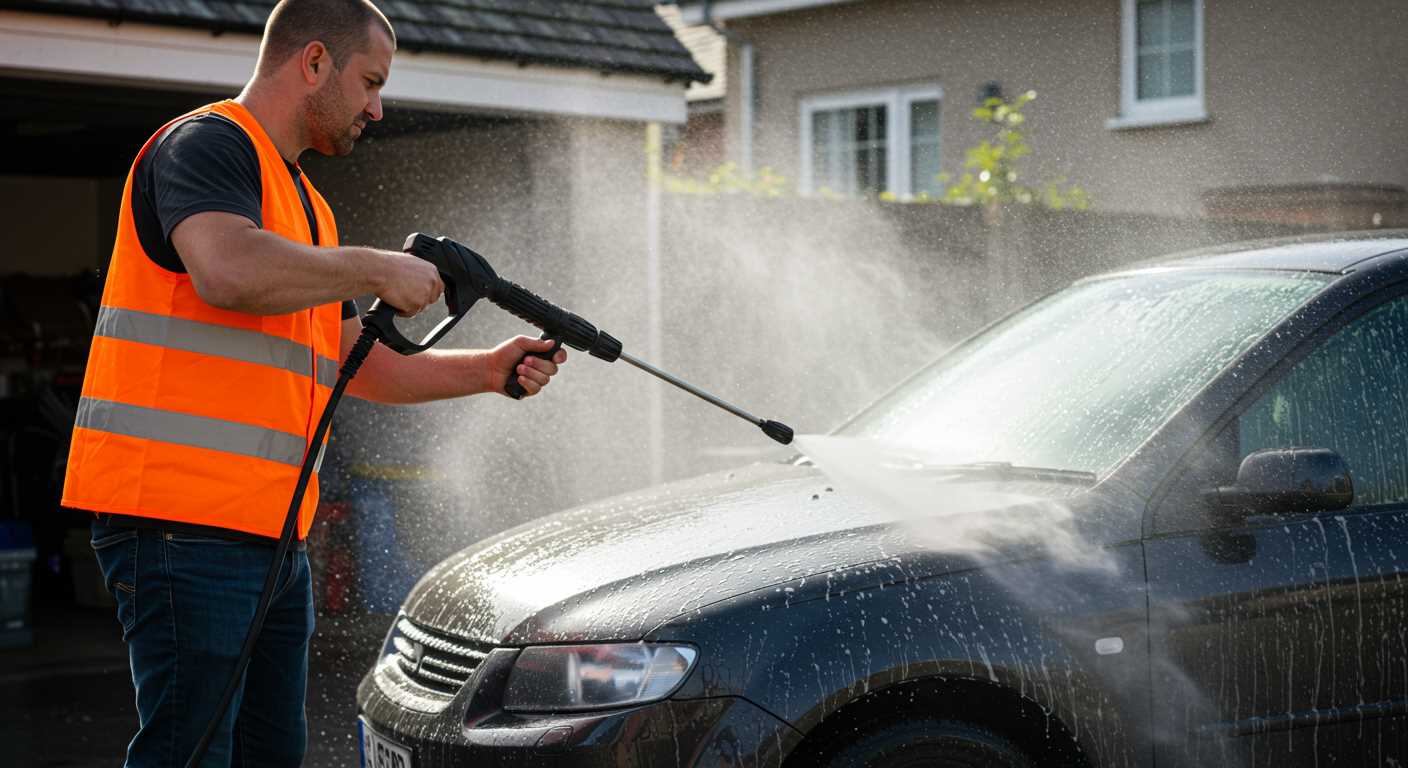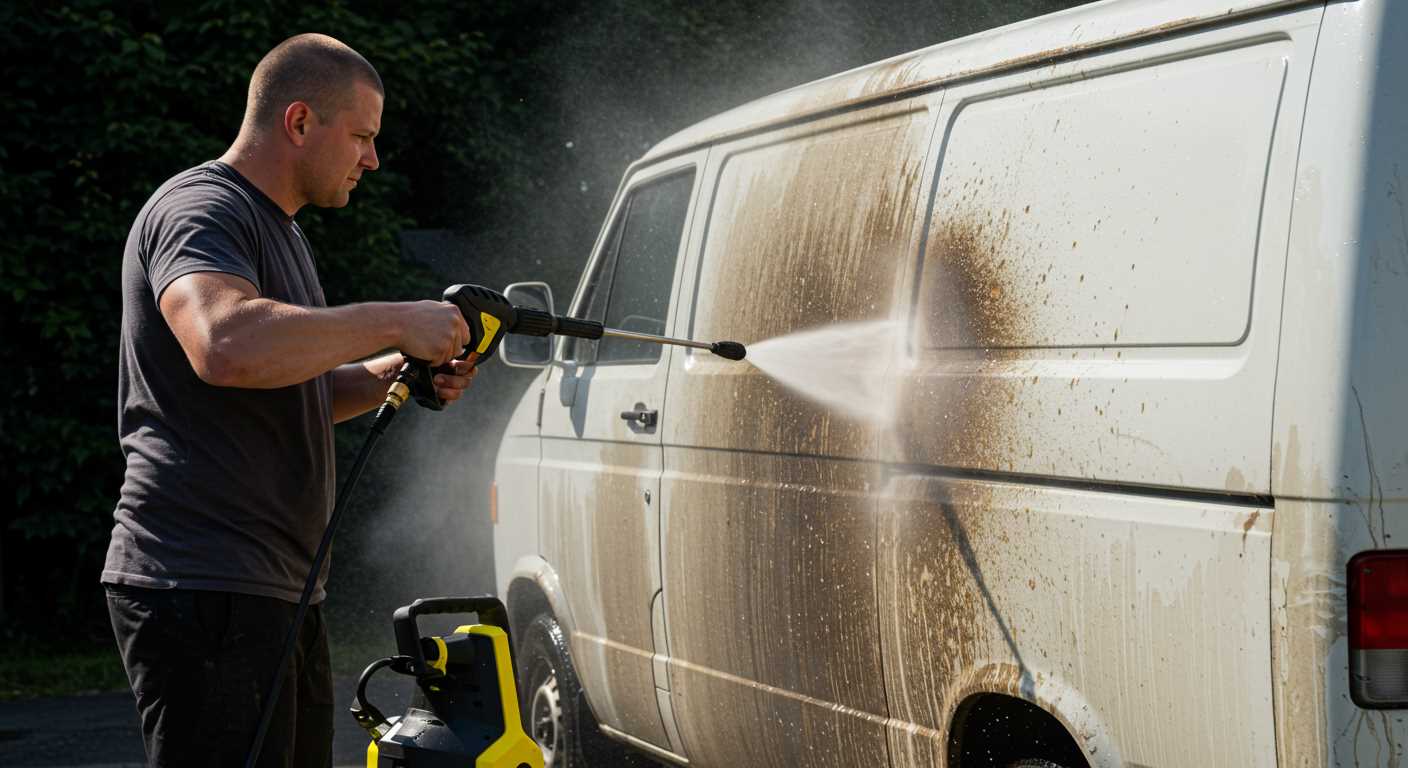



Check out my handy guide on how to pressure wash brick. If you have a brick home, walkway, or wall that needs to be power cleaned you need to make sure you do it right.
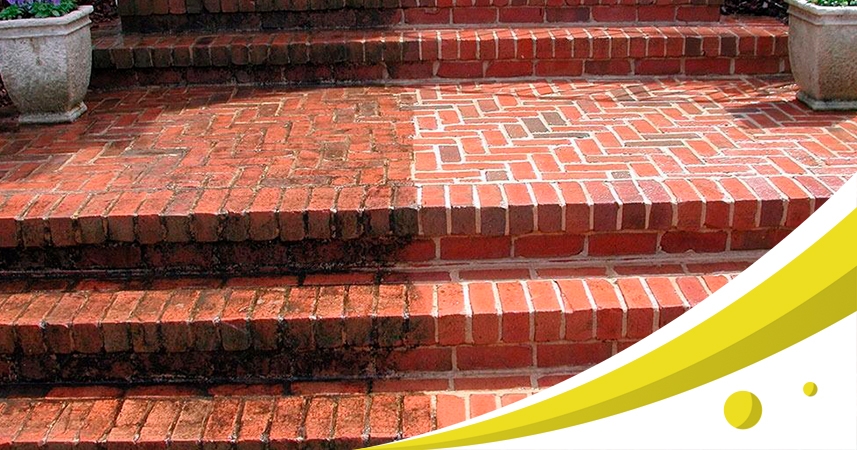
You can see the dramatic difference between clean and dirty brick in this before and after picture.
My home has beautiful wood siding but there are a number of homes in my neighborhood that are brick and they are gorgeous. Some brick homes truly look like castles. If you are lucky enough to be living in a brick home, then you want to keep it looking great and in top condition. You can of course hire a power washing company to take care of the maintenance for you, or you can do it yourself, like many of my neighbors do.
It’s not hard to pressure wash your brick home, walkway, and other structures on your property all by yourself. Due to the nature of brick, you don’t need a super powerful washer to get the job done. Often an 1,800 psi electric model will work just fine. It all depends on the size and condition of the project and whether you plan on using your washer for other cleaning tasks. Here are the steps you need to follow to ensure your bricks are cleaned properly and looking just like new in no time at all.
The Correct Way to Pressure Wash Your Brick Home
Pressure washing brick can be a bit of a daunting task. After all, brick is one of the most naturally beautiful building materials available, and many people worry about damaging it during the washing process. While there are other ways to wash a brick wall, however, many of them are tedious and time consuming, and few do the job as well as a pressure washer. Used correctly, a pressure washer can remove all traces of dirt, moss and grime without damaging the sturdy bricks below.
Clean the Wall
When pressure washing brick, the first thing you need to do is prepare the structure you plan on cleaning. Clear away anything that is leaning against the side of the house and push aside any crawling vines or plants. You want to get the side of the building as clear as possible.
Once you have removed all obstructions from the side of the house, it is time to get out your pressure washer. Make sure that you have read the owner’s manual before starting your washer. Every pressure washer is different and it is important that you understand how yours works before you try to use it. Turn the washer onto the lowest setting and stand about three feet from the house. Spray the house with a stream of water, starting from the bottom of the wall and working your way up. Make sure to keep the sprayer in constant motion, slowly moving it from side to side as you work your way up the wall.
Add the Detergent
Once the wall has been thoroughly sprayed, it is time to add the detergent. Most types of detergent need to be diluted with some water before being added to the washer and you should always read the instructions on the label before pouring in the detergent. You can find out more about using pressure washer soap and what brands I recommend in another article on this site. Keeping the washer on the lowest setting, go back to your spot, about three feet away from the wall, and repeat the slow, back-and-forth spraying process, starting at the bottom of the wall and ending at the top.
Although pressure washing brick with detergent gets most of the dirt off, you may find that there are a few tough spots remaining after you have finished spraying the wall. To get rid of this tough grime, you should use one of the brush attachments designed especially for scrubbing brick. While some attachments may have come with your washer, they are also available to buy separately.
The Final Steps
Once the wall has been covered in detergent and scrubbed clean, you may have to let the detergent sit for a while so that it has time to dissolve all of the dirt. Detergents come in a variety of strengths, however, and it is important that you consult the package instructions before allowing it to sit. Some detergents are very strong and can damage the brick if left to sit for too long. Generally you don’t want to let the detergent sit so long that it dries.
Finally, it is time to rinse your wall. Make sure that you completely flush out any detergent remaining in your washer before you begin. Keep your pressure washer on the low setting, but this time start from the top to prevent any streaking. Moving the nozzle back and forth, slowly work your way down the wall until all of the detergent has been washed away.
Choosing Pressure Washers and Accessories
Although there are a number of types of pressure washers, the two most common are electric and gasoline-run models. The electric tend to be the least expensive, but also have the least amount of water pressure and may produce as little as one gallon of water per minute. This may not be a problem when pressure washing brick, as you are always supposed to keep it on the lowest setting. That said, electric models must be attached to a power outlet and this can become a problem if you are moving around the sides of your house.
Petrol models, on the other hand, tend to be more expensive. Because they are more powerful, however, they are far more versatile and can be used for a number of additional tasks. Also, they need not be plugged in. You can read more about choosing a pressure washer in another helpful article I have on this site. Also be sure to check out my detailed list of the best pressure washer models currently on the market. When I researched and put this list together I looked at the top 10 electric models and the top 10 gas models, so you are sure to find the right washer to clean your brick.
As far as pressure washing brick goes, you may need a number of pressure washer accessories in order to get off the tough dirt and moss, as well as some tools to help you reach to the top of your wall and work around obstructions such as gutters and eaves. A good accessory kit should include:
- Rotary brush – This will spin and help the cleaning process go faster.
- Multi-purpose brush – Great for use on a variety of different surfaces.
- Extension wand – Perfect for cleaning hard to reach places.
- Gutter and eave adapters – These are basically pivot nozzles that rotate up to 90 degrees so you can clean in gutters and other places that are hard to get to with a straight wand.
That said, every wall is different and you may need to wash your home a few times before you know which tools are required. In the end, however, you will find that pressure washing brick is worth the time and effort required.


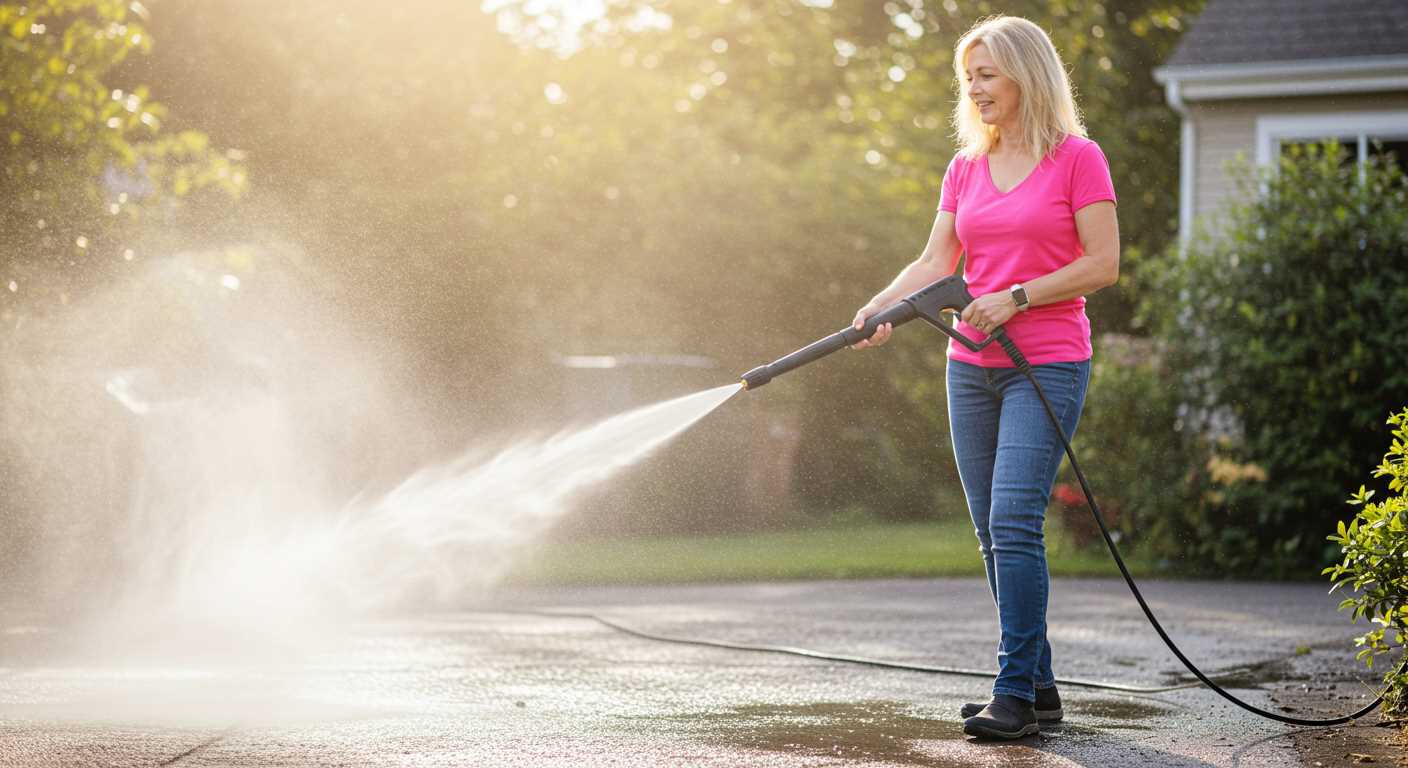
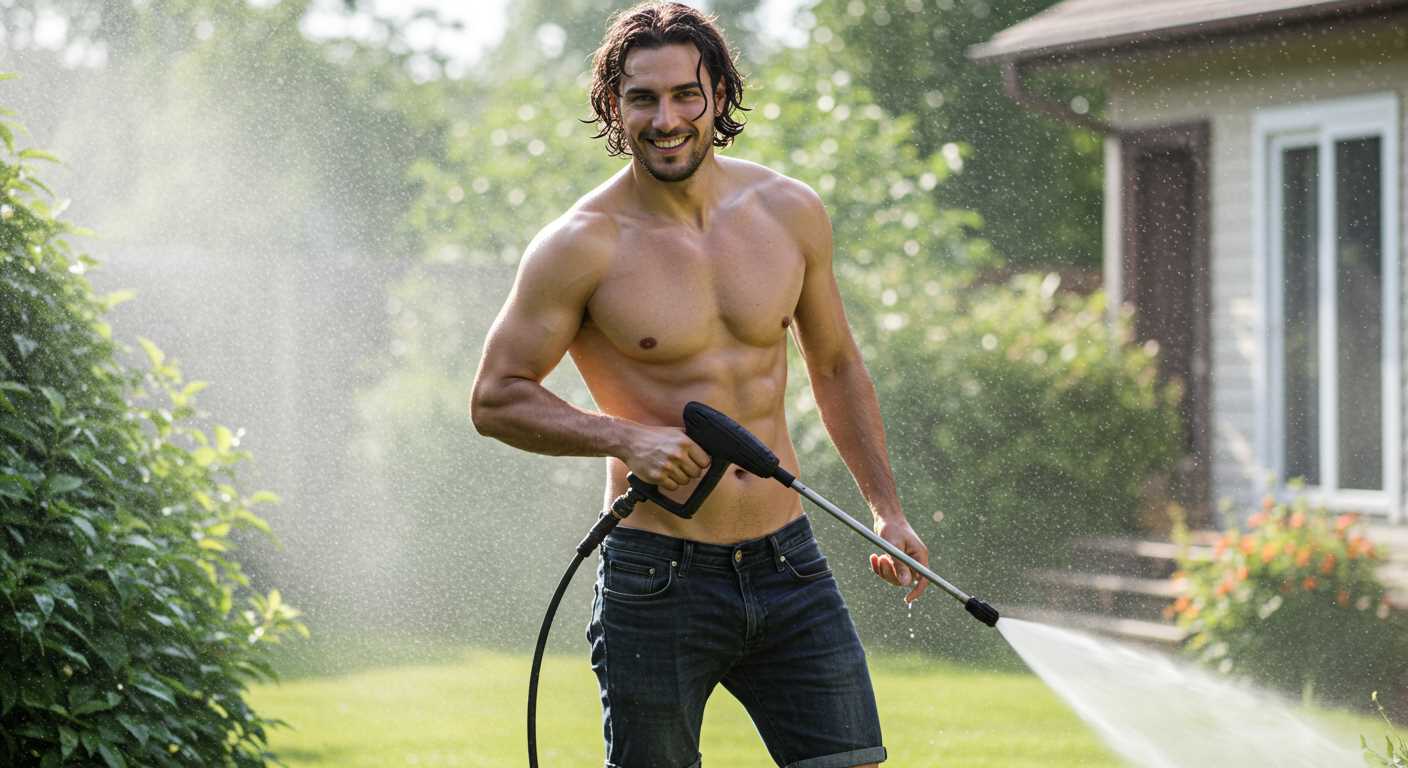
.jpg)
